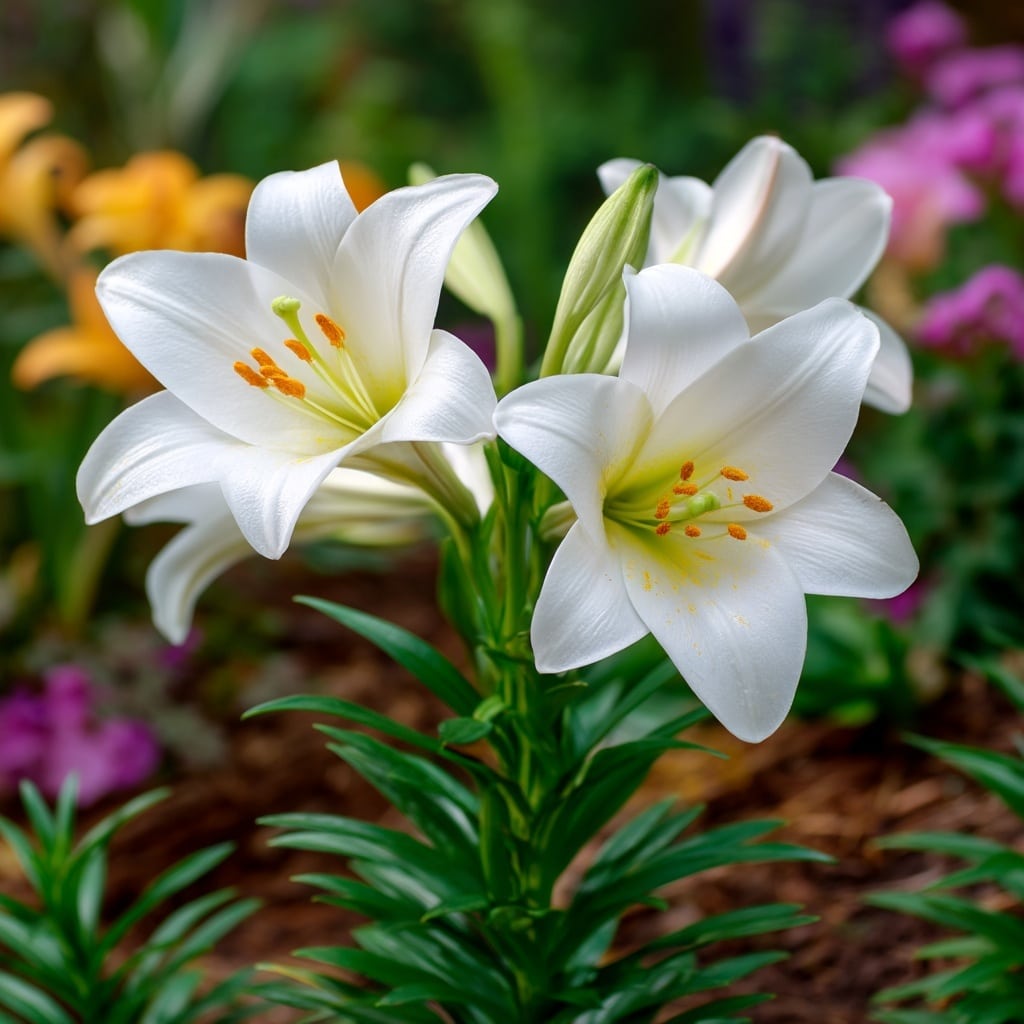Lilies are timeless stars of the summer garden, with their bold blooms and elegant stature commanding attention in borders, beds, and containers. Whether you prefer a formal design or a whimsical cottage feel, there’s a type of lily that fits beautifully into your garden aesthetic. Despite their reputation as old-fashioned flowers, lilies are anything but outdated. With a growing collection of modern hybrids and native varieties, these summer favorites bring structure, color, and even fragrance to your landscape. In this guide, we’ll explore eight stunning types of lilies, each offering unique beauty and charm that can elevate any garden space.
Table of Contents
Why are there so many different types of lilies?
If you’ve ever browsed a bulb catalog or strolled through a summer garden, you’ve probably noticed how diverse lilies can be. From delicate, downward-facing blooms to towering stems topped with oversized, fragrant flowers—this variety isn’t by chance. Botanically speaking, true lilies belong to the genus Lilium, and they’re classified into nine major divisions based on genetics, flower shape, and growing habits.
Each division includes dozens (sometimes hundreds) of cultivars with varying bloom times, petal shapes, colors, and fragrance levels. While that scientific system is invaluable for horticulturists, it can be overwhelming for the everyday gardener. That’s why we’re simplifying things.
Instead of diving deep into botanical classifications, this guide groups lilies by visual appeal, fragrance, and garden performance. Think of it as a gardener-friendly roadmap to choosing the perfect lilies for your space—whether you’re after tall and dramatic, compact and cheerful, or sweetly scented blooms that stop visitors in their tracks.
8 Types of lilies for your summer garden
Whether you’re planting for fragrance, color, or cut flowers, these eight types of lilies offer something special for every garden. Each variety brings its own charm, from bold hues to delicate forms, and most are easy to grow with a little care and sunshine.
1. Asiatic Lilies

Among the earliest to bloom in summer, Asiatic lilies are known for their upright, cheerful flowers in bold shades of orange, red, yellow, pink, and white. While they don’t have a fragrance, they make up for it with reliability, color variety, and strong stems that rarely need staking.
- Height: 2 to 4 feet
- Bloom time: Early summer
- Fragrance: None
- Best use: Mass planting, borders, or cut flower arrangements
- Note: These are not animal-resistant—deer and rabbits love them
Asiatic lilies are an excellent choice for beginner gardeners looking for low-maintenance, colorful summer blooms.
2. Oriental Lilies

If fragrance is your priority, Oriental lilies are a must-grow. These show-stoppers have large, often dinner-plate-sized blooms in shades of pink, white, red, and creamy yellow. Their perfume is strongest in the evening, making them perfect near patios or bedroom windows.
- Height: 2 to 5 feet
- Bloom time: Mid-to-late summer
- Fragrance: Strong
- Best use: Fragrant focal points or cut flower displays
- Tip: Remove pollen-laden anthers if using as a cut flower to avoid stains
Their sturdy stems and broad leaves also make them more resistant to deer and rabbits than other types of lilies.
3. Trumpet Lilies (Aurelian Lilies)
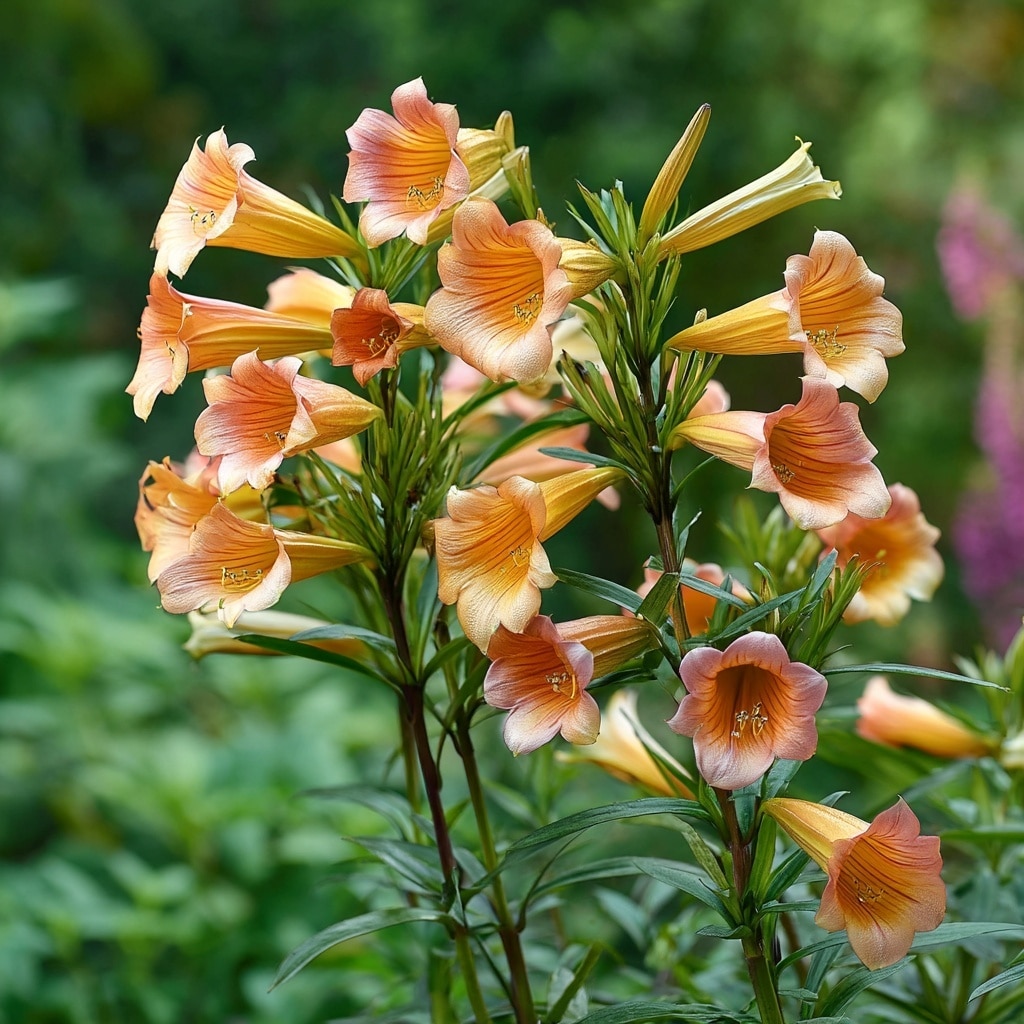
With their dramatic, funnel-shaped flowers and powerful scent, trumpet lilies live up to their name. These elegant giants can grow over 6 feet tall, producing dozens of blooms per plant in shades of white, gold, cream, and blush pink.
- Height: 4 to 8 feet
- Bloom time: Midsummer
- Fragrance: Intense
- Best use: Background plantings or fragrant walkways
- Notable cultivar: ‘African Queen’ with vibrant orange blooms and exceptional height
They combine classic beauty with old-world charm and are perfect for gardeners who love height and scent.
4. Orienpet Lilies

A cross between Oriental and Trumpet lilies, Orienpet lilies (often called OT hybrids) combine the best traits of both parents: the heady fragrance of Orientals and the impressive height and vigor of Trumpets. These lilies bloom in warm shades of yellow, pink, orange, and cream, with flowers often reaching 6 to 10 inches across.
- Height: 3 to 6 feet
- Bloom time: Mid-to-late summer
- Fragrance: Strong and sweet
- Best use: Borders, screens, or large containers
- Bonus: More heat-tolerant than Orientals
Because of their outward-facing blooms and thick stems, they make excellent cut flowers that last for days in a vase.
5. LA Hybrid Lilies
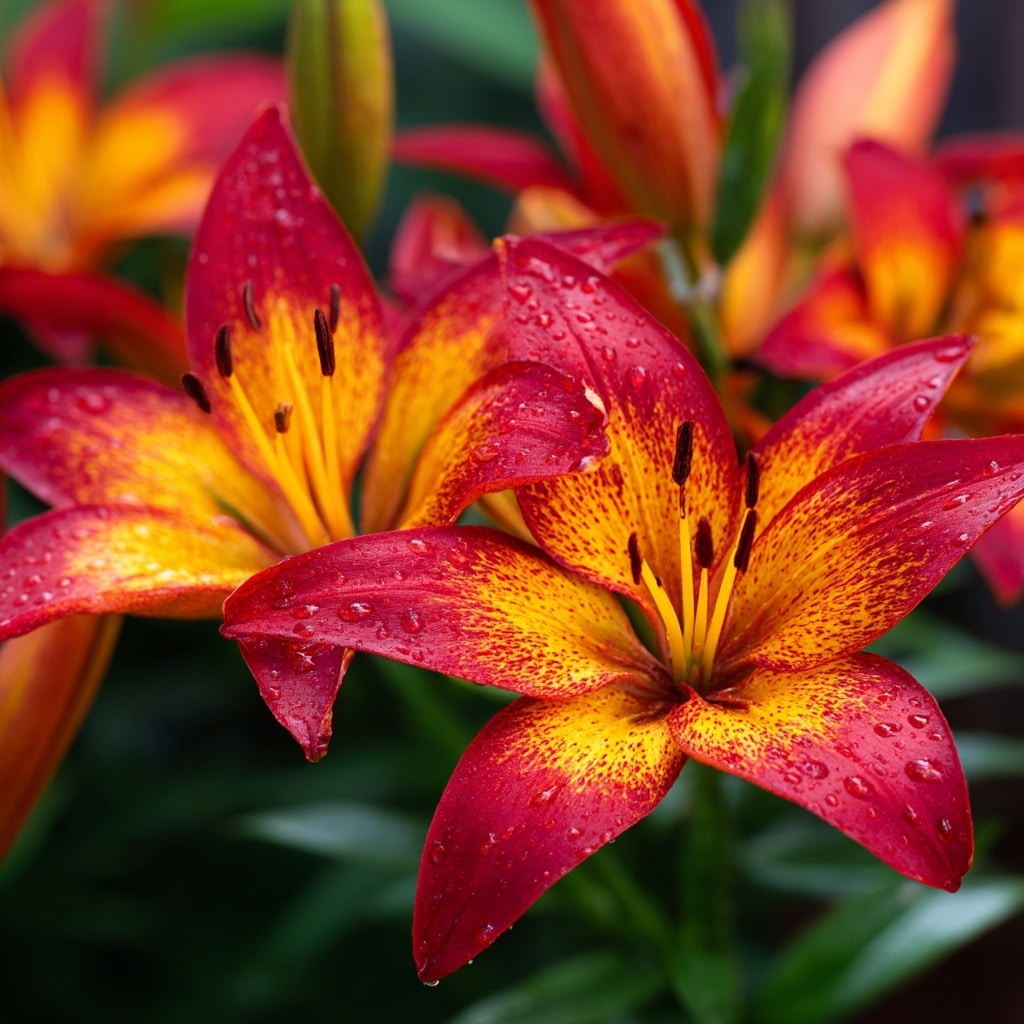
Short for “Longiflorum-Asiatic,” LA hybrid lilies are showier cousins of Asiatic types, with larger blooms and a silkier texture. They retain the no-fragrance trait of Asiatics but come in more intense and saturated colors, making them stand out in beds and arrangements.
- Height: 2 to 4 feet
- Bloom time: Early to midsummer
- Fragrance: None
- Best use: Mass plantings and cut flowers
- Flower size: Around 6 to 7 inches across
These hybrids are a perfect choice for gardeners who want bold color without the perfume, especially in small or urban spaces.
6. Turk’s Cap Lilies (Martagon Lilies)
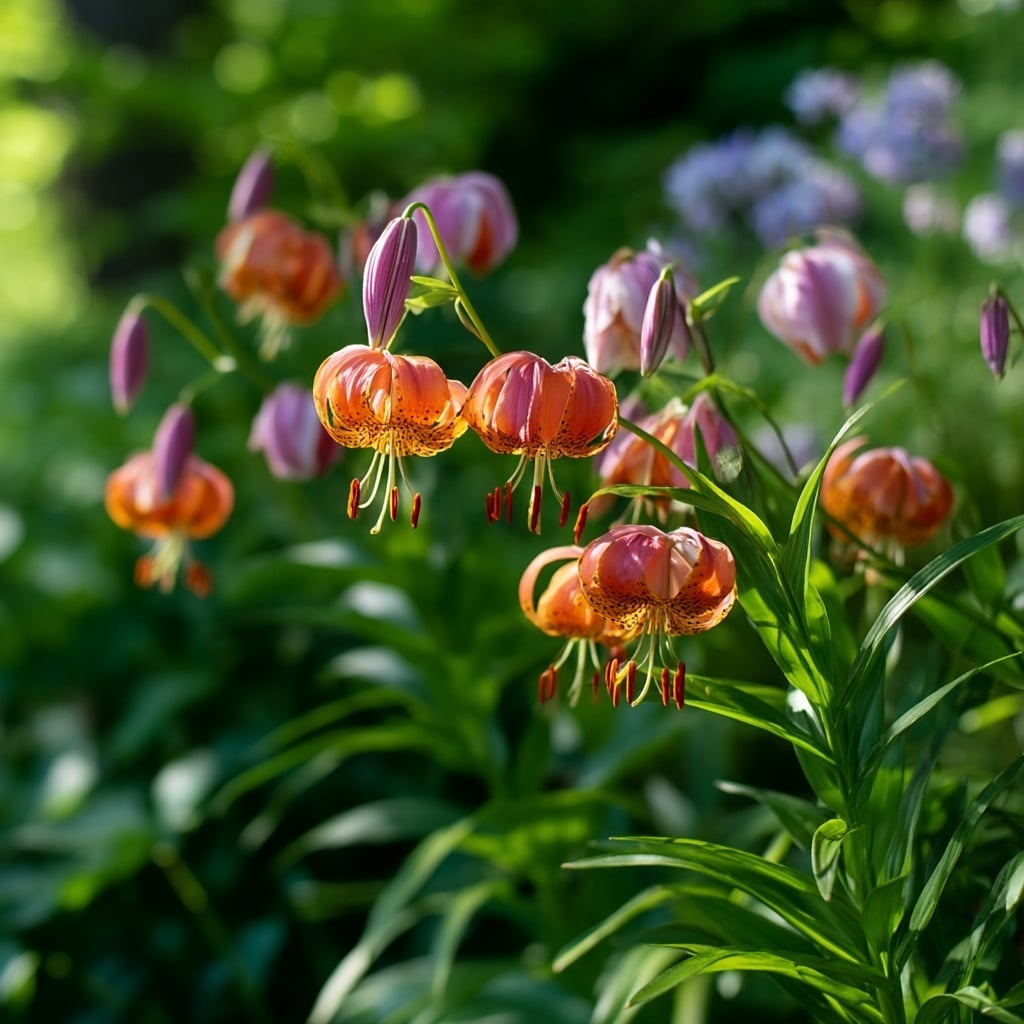
Whimsical and wild, Turk’s Cap lilies are instantly recognizable thanks to their recurved petals that curl back tightly, resembling a cap or bonnet. Each tall stalk can produce dozens of dangling, nodding flowers, often with spotted petals.
- Height: 3 to 6 feet
- Bloom time: Early to midsummer
- Fragrance: Light to moderate
- Best use: Naturalized areas, woodland gardens
- Colors: Orange, yellow, red, and soft pinks
These lilies thrive in partial shade, making them a unique option for gardens that aren’t sun-drenched.
7. Canada Lilies
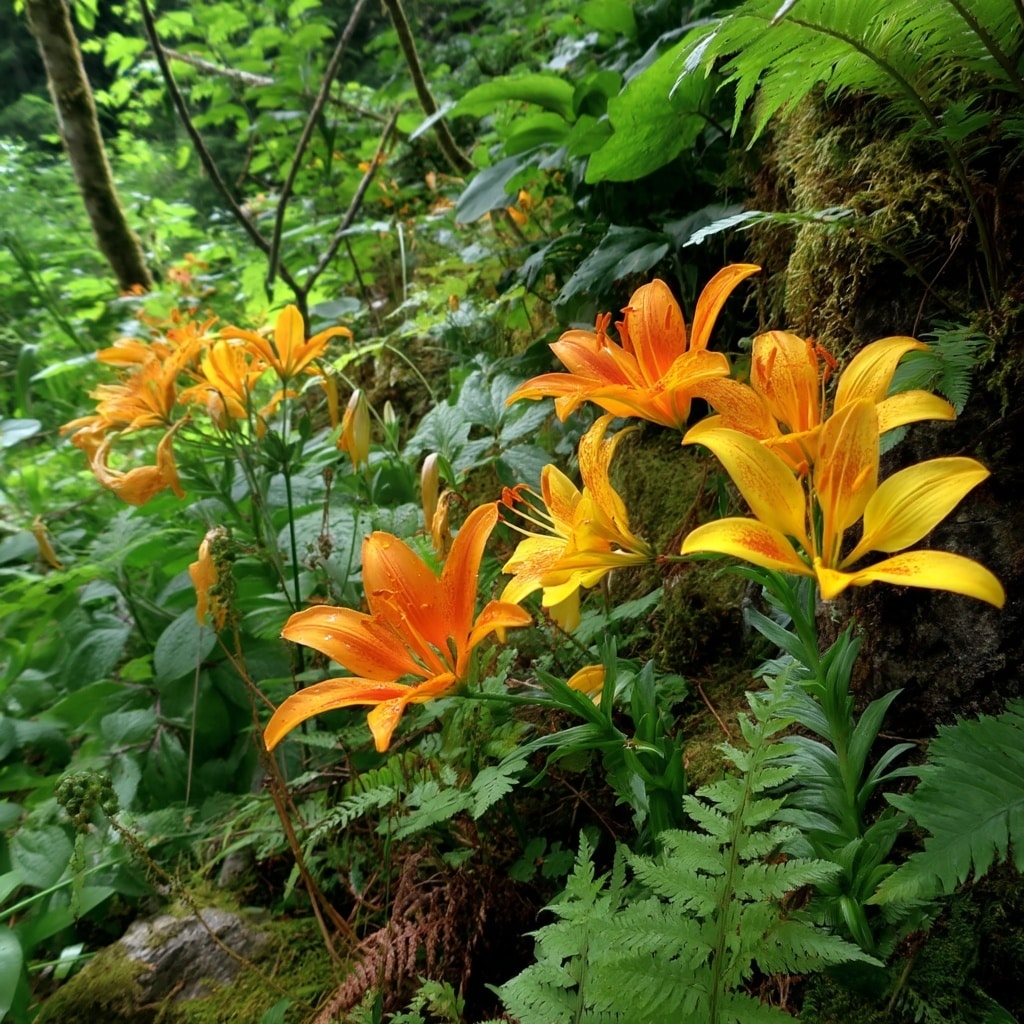
Native to North America, Canada lilies are graceful plants that prefer part-shade and moist, well-drained soil—perfect for woodland settings. Their nodding, bell-shaped blooms have slightly recurved petals and appear in sunny hues of yellow or orange.
- Height: 2 to 4 feet
- Bloom time: Early summer
- Fragrance: Mild
- Best use: Woodland or naturalized gardens
- Fun fact: Each stalk can produce up to 20 flowers
Though beautiful and well-adapted to North American climates, they’re unfortunately a favorite snack of deer and rabbits, so protection may be necessary.
8. Longiflorium Lilies (Easter Lilies)
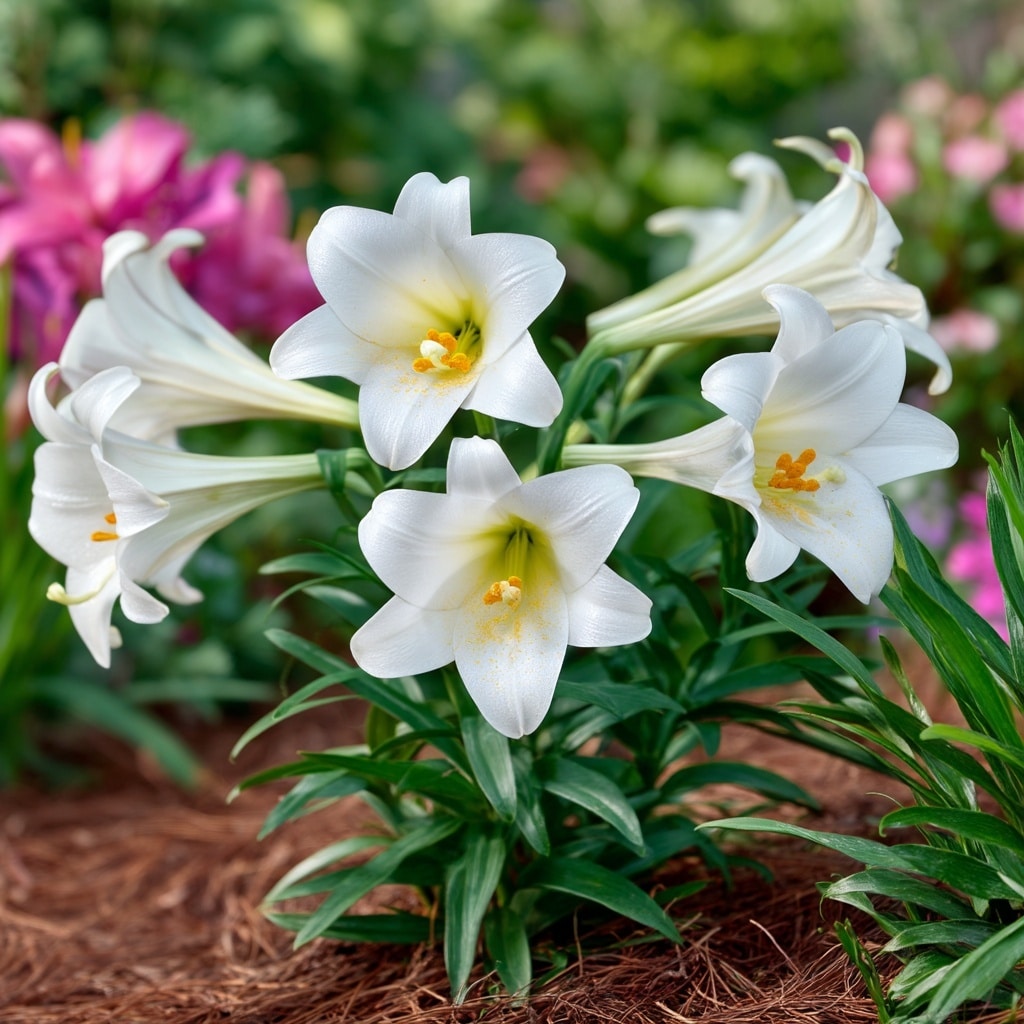
Often seen during spring holidays, Longiflorium lilies—commonly known as Easter lilies—feature pristine white, trumpet-shaped flowers with a light fragrance. While typically grown in pots for Easter displays, these lilies are hardy and can be transplanted into garden beds.
- Height: 1 to 3 feet
- Bloom time: Naturally late spring to early summer
- Fragrance: Subtle
- Best use: Containers, borders, or early bloom interest
- Tip: After enjoying them indoors, plant them outside in well-drained soil for repeat blooms
Despite their delicate appearance, these lilies are surprisingly cold-hardy, tolerating temperatures as low as -20°F once established.
With these eight beautiful types of lilies, gardeners have a wide palette of colors, forms, and fragrances to choose from. Whether you’re building a pollinator-friendly bed or crafting a cut flower garden, lilies add structure and stunning seasonal impact.
Let me know when to continue with the next section:
- Buying Different Types of Lilies
- How to Plant Lily Bulbs
- Growing & Caring for Lilies
Buying Different Types of Lilies
When shopping for lilies, it’s important to know what you’re really getting. Many plants sold with “lily” in the name—like daylilies (Hemerocallis) or canna lilies (Canna)—aren’t true lilies at all. True lilies belong to the genus Lilium and grow from scaly bulbs, not tubers or rhizomes.
Most garden centers carry a small selection of lilies in the spring, but to access the widest variety, consider ordering from specialty bulb catalogs or online retailers. These often offer rare hybrids, native types, and newer introductions that may not be available locally.
Tips for choosing lily bulbs:
- Look for firm, plump bulbs with no soft spots or mold
- Purchase in early spring, just before your last expected frost
- Store bulbs in a cool, dry place until planting
The better the quality of your bulb, the more vigorous your plant will be in its first season—and for years to come.
How to Plant Lily Bulbs
Planting lilies is straightforward, but a few key steps will set you up for success.

🌼 Step-by-step planting guide:
- Choose a sunny location with well-drained soil (6–8 hours of sun daily)
- Plant bulbs 6 to 8 inches deep, with the root disk facing down and the pointy end up
- Space bulbs 8 to 12 inches apart to allow for airflow and growth
- Water deeply after planting to help settle the soil
- Apply a light layer of mulch or compost to retain moisture and suppress weeds
Important: Lilies hate soggy soil. If your garden tends to hold water, consider planting them in raised beds or containers.
Growing & Caring for Lilies
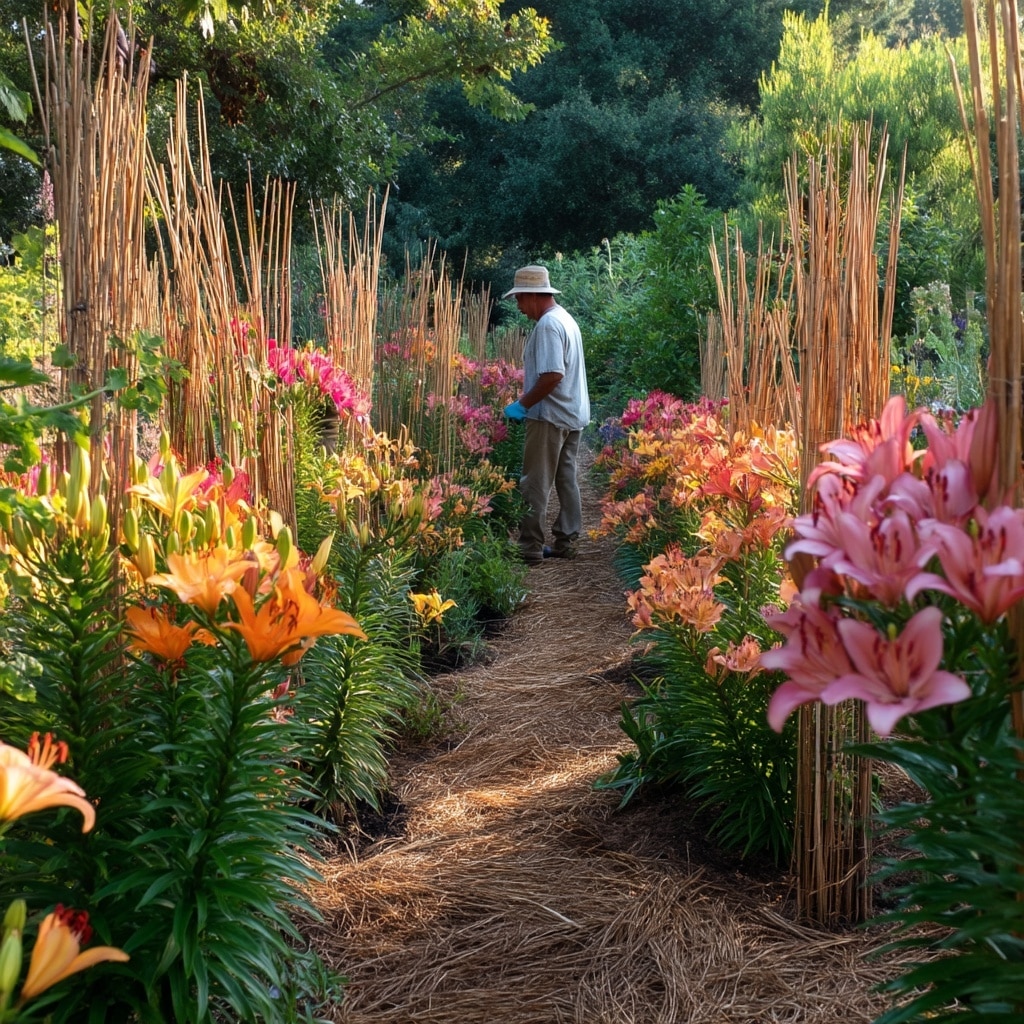
Once established, lilies require minimal maintenance, but a little attention goes a long way.
💡 Basic care tips:
- Water during dry spells, especially during active growth and blooming
- Stake tall varieties to prevent wind damage
- After blooming, deadhead spent flowers but leave the green stems and leaves to photosynthesize
- In fall, once foliage browns, cut back to the ground
- Apply a bulb fertilizer in autumn to support next season’s growth
Avoid cutting back green stems too early—this can reduce blooms in the following year.
Where Can You Grow Lilies?
Most lilies are hardy in USDA zones 3 to 8, with some types (like Canada lilies) tolerating even colder temperatures. They need a chilling period to trigger blooming, so they may struggle in hot, frost-free climates.
Tips for warm-region gardeners:
- Chill bulbs in the refrigerator for 6–8 weeks before planting
- Grow in containers and provide afternoon shade
With the right conditions, even gardeners in warmer zones can enjoy these summer favorites.
Conclusion
From fragrant giants to delicate woodland natives, lilies offer endless options for gardeners who crave color, elegance, and long-lasting summer blooms. By choosing from these eight beautiful types, you can create a garden that not only looks stunning but also performs reliably year after year. Whether you’re planting bold Orientals, cheerful Asiatics, or shade-tolerant Canada lilies, there’s a perfect variety to suit your space and style.
With the right bulbs, a sunny spot, and a little care, lilies will reward you with a breathtaking floral display that becomes a highlight of your garden season.

